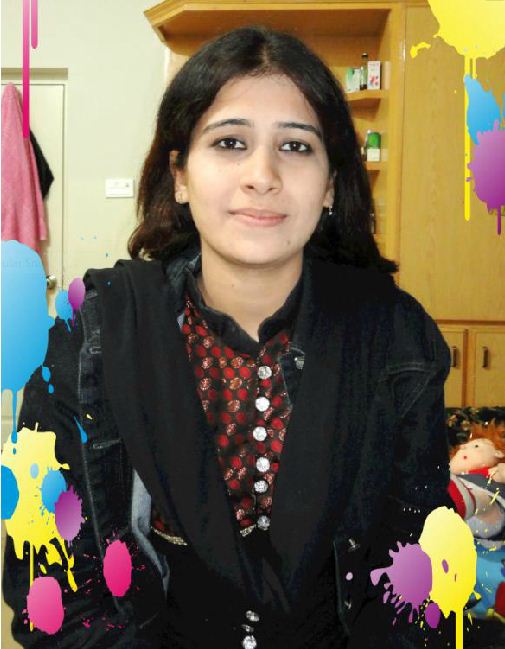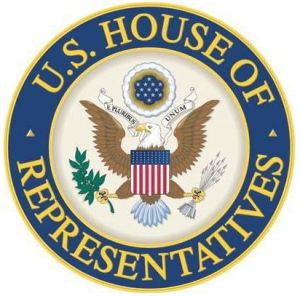The Snow Is Calling Once Again
By Ramesh Manvati

This time, I made my arrival quite early,
With the hope to embrace you tightly,
But, nowhere could you be seen.
Day in and day out, to meet you, I am so keen.
I am calling you once again.
Oh, Pandit ! Don’t you realise my pain?
The winter has set in yet again.
Have I to continue to seethe in pain?
I had called you in the past,
Your eerie silence has made me aghast.
Your roots, over five thousand years old, continue to seethe in pain.
I fail to understand what is the gain?
Over twenty painful years, we are already ages apart.
Your journey back home – not yet ready to start?
Seems, I have to bear, still, your being so upset.
To welcome you back, do I need to re-assure you,
That I will lay my best and thick velvety carpet?
Everything you have forgotten, so I feel.
Compelling me to remind you, with a fresh appeal.
On the onset of every winter, you would wait
for my arrival, with much zest and zeal.
And on my arrival from the heavens above,
within the warmth of your ancestral homes,
peeping through the doors and
through the windows-partly open,
or many a times from the ‘dub’ of your ‘bub’,
the leisure time you would enjoy,
gazing my elegant movements in sheer joy.
“sonna sheen vollun dhaaray-dhaaray,
maharaaza raaza kumaaray aaw……”
some would merrily sing. And, at times, many
sipping ‘sheeri-chaai’ or even some hot ‘kehwa’
in the traditional ‘khos’ or a ‘kenzi-khos’,
held on the sleeve of your ‘pheran’,
prepared in a ‘samawaar’ and served by a ‘nosh’,
with a ‘garma-garm’ ‘taeil-woar’, ‘tomlla-tsaot’ or ‘ makkaai tsaot’,
or with it, even some enjoying ‘soa’tt’,
With a cosy ‘kaangar’ beneath your ‘pheran’;
The eldest among you, even smoking a ‘jajjeer’.
Forgotten? Occasional ‘shalfaa-malfaa’ , you had
with your toddlers to warm their hands and feet. And,
simultaneously narrating to them local folk-tales and lullabies.
Even ‘nav-sheen’ you celebrated,
in the company of your kith and kin,
music and dance; well dressed and decorated,
with the choicest of your dishes. And,
a ‘welcome drink’ would not be a sin,
even in the ancient times; just recheck
from the treasure of your ‘Neelmat Puraan’.
Remember? On my very first arrival,
the new brides you would routinely tease,
Forcing them to bring a ‘paschin’ – raw or cooked,
from their ‘maaluen’ with much ease.
Children would playfully sing everywhere,
“sheena petto-petto, maama itto-itto…………”.
Even the stray dogs would dance merrily here and there,
on the roads, in streets or outside your ghetto.
You can be so forgetful, baffles me.
When I have not forgotten, how can you?
Walking, through your orchards and rice fields -spread across Kashyap’s valley.
Or through the towns and villages or ‘Sri-nagaree’ of goddess Sharada’s seat;
Through the serpentine and uneven lanes and narrow by-lanes,
with a ‘khraav’ or ‘pullhor’ or a long boot or a ‘duck-back’ shoe protecting your feet;
Your daily routine, even though being hurt, once in a while,
because of pervading ‘tulkattur’- exposing my frozen attitude,
would continue with serenity and great fortitude.
Even your cursing me at times – that, at times, I would mind,
while finding it difficult to move around.
Still, my cool but peaceful white cover on the ground,
over the surrounding houses, trees and the distant mountains,
lovely murmuring streams, though in deep sleep;
would make you overlook my hurt and dirt.
At the same time, no more feeling of being slighted, I am telling you.
Stray dogs, cows, crows and other perching birds,
without a fail and religiously you would feed, I still remember.
In the plains or atop a nearby hillock, temple bells you would ring,
Morning and evening, ‘kashiri leelaai’ you would sing.
As a habit, whether young or old; men or women,
busying yourself in the company of holy men,
always keeping your household, body and mind-neat and clean.
oftenly, you would praise my beauty and the surrounding scene.
My periodic arrivals and my stays
long or short, you enjoyed and cherished too.
I too enjoyed, let me now reveal to you,
your rolling me into a ‘sheena-mohneow’ occasionally-
in your ‘waaeri’, in the streets, or in nearby open fields. And,
even the ‘sheena-jung’ with your ‘mohalla’ friends.,
I remember vividly, why cannot you?
The vacations, children spent in their ‘maataamaal’, during the stay
of my old friends like ‘chillai-kallaan’, ‘chillai-khorrud’ and ‘chillai-buchcha’.
Remember? The sheer panic of being caught red handed,upon the sudden
bursting of a stolen egg – hidden inside the embers of your cosy ‘kaangar’ ;
Or, making and eating of a ‘mallai-kulfi’ on the ‘braer-k’anee’ of your residence,
secretly from the prying eyes of your elders including ‘bub’, ‘dyed’ or ‘baed- maej’,
Also, the ‘faaka’ many of you kept for the entire sacred month of ‘maag’;
Or the visit of your family priest, on the eve of ‘gora-trai’ of this month to your homes
with handmade pictures of ‘Saraswati’-blessing new brides and youngsters; and
exhorting them to continue the ancient tradition of learning.
I have just not forgotten; how can you?
‘hayrath-pooza’ was incomplete till, some of you, made my use.
That I had to be there even in the summer month of ‘haar’,
to defeat the evil designs of a tyrant Afghan ruler-Jabbar Khan,
and to uphold the sanctity of your sublime faith.
The popular tease – “wuchutoan yi jabbar jandha, haaras ti korrun vandha…..”
is an ample proof of my historical claim.
Even performing of your annual ‘jattae’n-ttae’n……..’,
on ‘teela-aettham’- concluding day of the sacred festival of ‘hayrath’;
Or distribution of ‘dooen’ to ‘haenz’ children, curiously watching on the ‘yaarbal’ and,
offering of burning ‘chaeng’ to holy ‘Vitasta’ in the evening of the day,
Have you so conveniently forgotten?
I have not, how can you?
The aroma surrounding many of your winter festivals, rituals like
‘kheschri-maavas’, ‘gaada-batta’, ‘kaaw-punnim’, or
‘shishur’ of a new born child or a ‘nav-nosh’; And,
the twenty three day long ‘hayrath’ celebrations, still haunts me.
Such ancient festivities you will be observing in exile, so I earnestly hope.
Though, in an alien land, difficult it surely must be for you to cope.
The special dishes, as per your ‘reeth’, that you
prepared on such joyous occasions, still water my mouth.
Oh, Pandit ! Treat me back to that aroma and couth.
Decades have passed; have not heard a Lall-Vaakh,
“ hayrath maej aayay, marscha papar kyaaway………”
or “thukk-thukk, kuss chuv….”, nor seen anyone playing with cowries,
Please no more deprivations, I pray thee.
You cannot be so cruel to me.
Holding back the tears and trying to be brave.
My children – ‘shishar -ghaaent’, many now grown and
many on their way, hover in desperation. And,
for the warm kiss of your teeth continue to crave.
The winter has set-in, once again,
This time, I made my arrival quite early,
with the hope to embrace you tightly.
But, nowhere could you be seen.
Oh, Pandit ! I am reminding you once again,
Don’t you realize my seething pain?
Over two decades already, we continue to be apart,
Journey back home to your very own-‘Pannaen Maej-Kasheer’,
Still not yet ready to start???
__________________________________________________________________________________
The writer , a Sr. Activist of Panun Kashmir, can be reached through e-mail : paannyaar@rediffmail.com /rameshmanvati@yahoo.co.in
__________________________________________________________________________________
This poem is dedicated to the Youth of ‘Internally Displaced’ Kashmiri Pandit community ( now scattered across the globe) on the eve of “Ist International Kashmiri Pandit Youth Conference” organized under the aegis of Panun Kashmir, in Pune ( India), on 7- 8 January 2012



 Prof. G.L. Jalali
Prof. G.L. Jalali By B. Raman
By B. Raman










